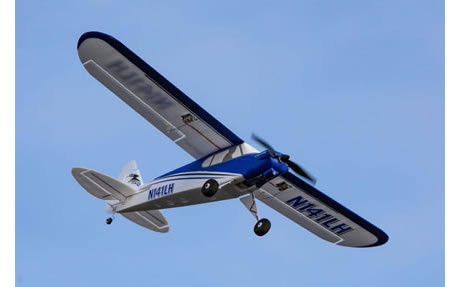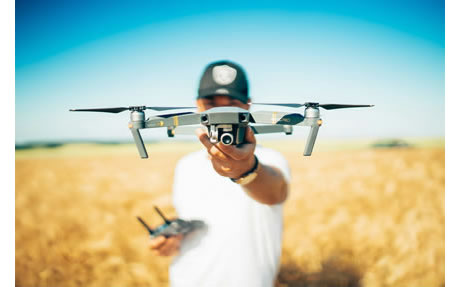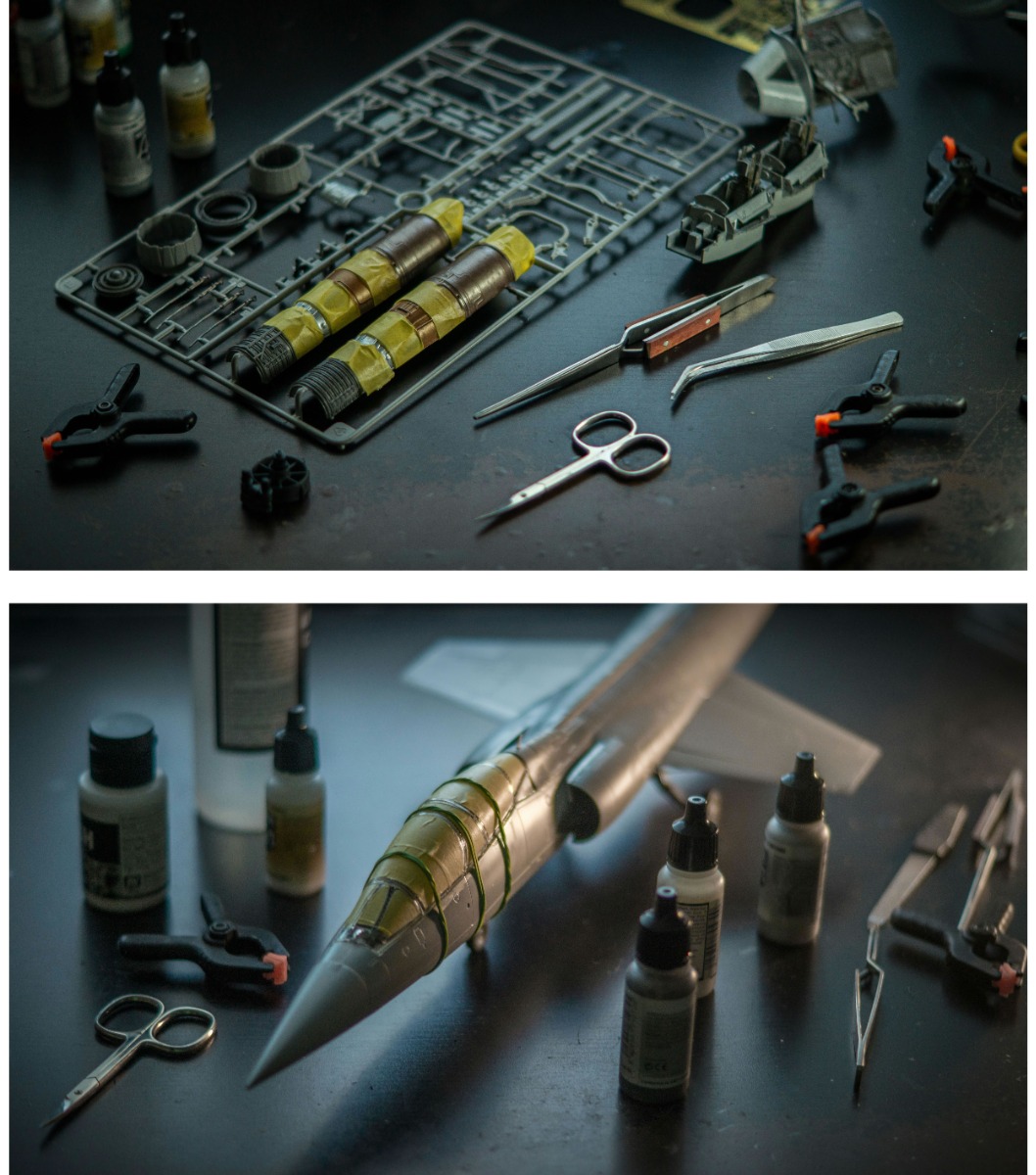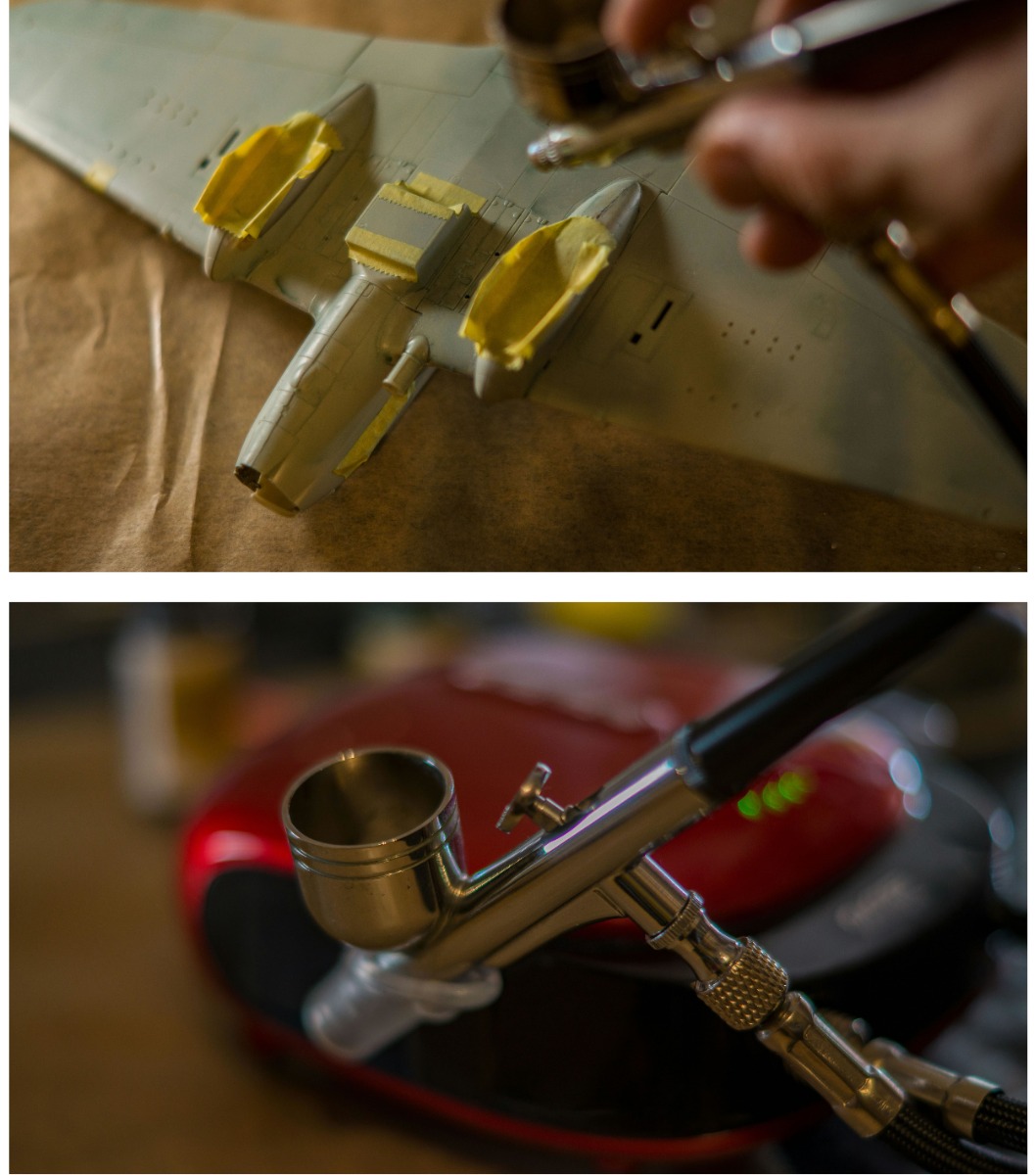Miniart 1/35 T-55A Czechoslovak Production # 37084
The T-55A Czechoslovak Production was a variant of the original Soviet T-55 tank, which gained widespread use in the Eastern Bloc and other countries during the mid-20th century.
Czechoslovakia, a member of the Warsaw Pact, began production of the T-55A in the late 1950s and continued until the early 1980s.
Key features and characteristics of the T-55A Czechoslovak Production include:
Upgraded Armor: The T-55A featured improved composite armor compared to the earlier T-55 models. This enhanced protection against both kinetic penetrators and chemical energy projectiles.
Fire Control System: The tank was equipped with an improved fire control system, including a range finder and ballistic computer, which increased accuracy when engaging targets.
Main Gun: It was armed with the 100mm D-10T2S rifled gun, the same gun used in earlier T-54 and T-55 models. This gun had adequate anti-armor capabilities and could fire a variety of ammunition types.
Mobility: The tank was powered by a V-55 12-cylinder diesel engine, providing decent mobility and a top speed of around 50 km/h on roads. Its wide tracks allowed it to navigate various terrains.
Export and Adaptability: The T-55A was exported to several countries and saw service in various conflicts, including the Middle East and Africa. It was often modified and adapted to meet the specific requirements of different armed forces.
Role: Like its predecessors, the T-55A was primarily designed for infantry support and medium-range engagements. It served as a main battle tank in many Warsaw Pact countries and was used in various roles, including reconnaissance and command tanks.
Cold War Icon: The T-55A was a symbol of Soviet bloc tank technology during the Cold War and played a significant role in many regional conflicts of the era.
The T-55A Czechoslovak Production was a notable upgrade to the original T-55 design, offering improved protection and firepower.
Its production in Czechoslovakia contributed to the Warsaw Pact's armored capabilities and ensured the tank's continued relevance in the latter half of the 20th century.





















 Spread the cost with Paypal Credit
Spread the cost with Paypal Credit
 Spread the cost with Klarna
Spread the cost with Klarna









